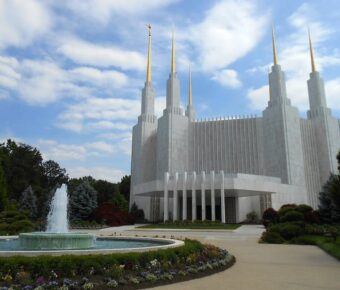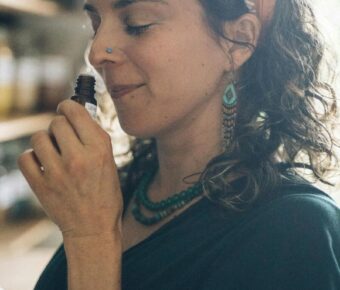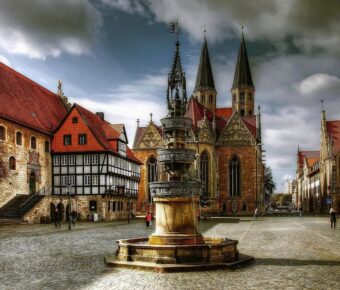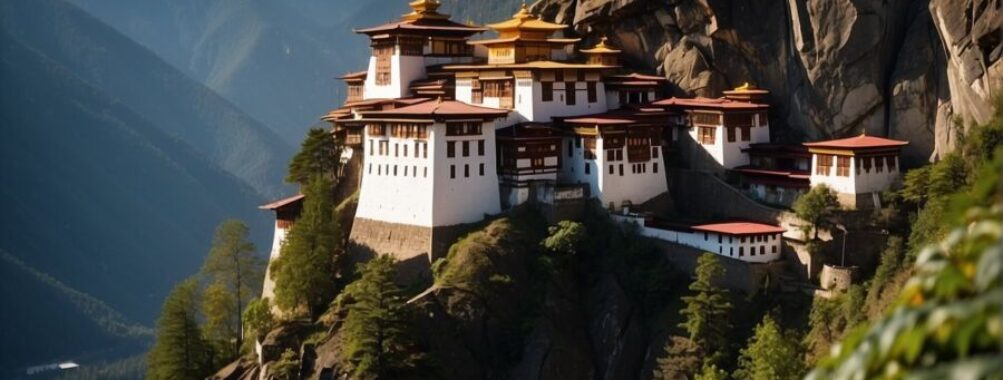
Bhutan Trip Cost: Experience Luxury for $200/Day
Planning a trip to Bhutan? Get ready for a unique adventure in the Land of the Thunder Dragon. This Himalayan kingdom offers breathtaking landscapes, ancient Buddhist temples, and a rich cultural experience. But how much will it cost you? A trip to Bhutan typically costs between $350 and $450 per person per day, including the $100 Sustainable Development Fee.
This price might seem steep, but it covers a lot. You’ll get lodging, meals, transportation within Bhutan, and a licensed guide. Plus, your money helps support Bhutan’s commitment to sustainable tourism and preserving its pristine environment.
Keep in mind that costs can vary based on your travel style and the time of year. Trekking trips or visits during peak seasons might be pricier. But with some smart planning, you can make your Bhutan dream a reality without breaking the bank.
Contents
- Key Takeaways
- Understanding Bhutan’s Unique Tourism Model
- Sustainable Development Fee
- Minimum Daily Package Rate (MDPR)
- Gross National Happiness and Tourism
- Planning Your Itinerary
- Key Destinations in Bhutan
- Cultural Festivals and Events
- Trekking and Outdoor Activities
- Navigating Travel and Transportation
- Arrival at Paro International Airport
- Domestic Transit Options
- Private Transport vs Public Buses
- Booking Your Trip with Bhutanese Tour Operators
- Vetting Qualified Operators
- Understanding Inclusions in Tour Packages
- Visa and Entry Requirements
- Budgeting for Your Trip
- Cost Breakdown of Daily Expenses
- Understanding the Value of the MDPR
- Additional Costs and Tips for Saving
- More Travel Guides
Key Takeaways
- Bhutan trips cost $350-$450 per day, including a $100 sustainable fee
- Your daily rate covers lodging, meals, local transport, and a guide
- Costs may vary based on travel style and season, but careful planning can help manage expenses
Understanding Bhutan’s Unique Tourism Model
Bhutan’s tourism model sets it apart from other destinations. The country puts a strong focus on preserving its culture and environment while welcoming visitors. This approach shapes how you’ll plan and budget for your trip.
Sustainable Development Fee
When you visit Bhutan, you’ll pay a Sustainable Development Fee. This fee is $200 per person per day. The money goes towards protecting Bhutan’s nature and culture. It also helps fund free healthcare and education for Bhutanese people.
The fee might seem high, but it serves an important purpose. It keeps tourist numbers low and helps Bhutan stay pristine. You’re not just paying for your trip – you’re investing in the country’s future.
Remember, this fee is separate from your other travel costs. You’ll need to budget for it on top of things like flights and souvenirs.
Minimum Daily Package Rate (MDPR)

Bhutan uses a Minimum Daily Package Rate system. This rate covers most of your daily expenses during your trip. It includes your hotel, meals, transport, and guide fees.
The MDPR is $250 per person per day in high season. It drops to $200 in low season. This rate applies to groups of three or more. If you’re traveling solo or as a pair, you’ll pay a bit more.
Here’s what’s included in the MDPR:
- 3-star hotel accommodation
- Three meals a day
- A licensed Bhutanese tour guide
- Internal transport (excluding flights)
- Camping equipment for treks
Gross National Happiness and Tourism
Bhutan famously measures Gross National Happiness instead of GDP. This philosophy extends to their tourism model too. The goal is to create meaningful experiences for visitors without harming local culture or nature.
By limiting tourist numbers, Bhutan avoids overtourism. You won’t find crowded attractions or long lines here. Instead, you’ll get a more authentic experience.
The country also aims for carbon-neutral tourism. They offset the carbon footprint of visitors through conservation efforts. When you visit, you’re part of this eco-friendly approach.
Your trip to Bhutan helps support sustainable tourism practices. It’s a chance to explore while knowing your visit has a positive impact.
Planning Your Itinerary
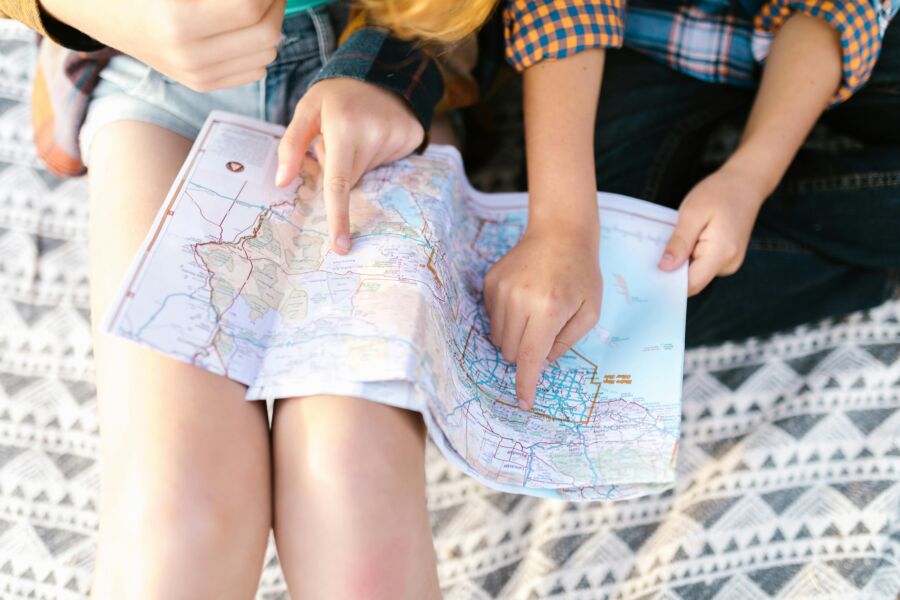
When planning your Bhutan trip, it’s important to balance your interests with your budget and time constraints. Here’s what you need to know about key destinations, cultural events, and outdoor activities to make the most of your visit to this Himalayan kingdom.
Key Destinations in Bhutan
Start your journey in Thimphu, Bhutan’s capital. Visit the massive Buddha Dordenma statue and the bustling Centenary Farmers Market. Don’t miss the National Memorial Chorten, a striking white structure with golden spires.
Next, head to Punakha. The Punakha Dzong is a must-see. This stunning fortress sits at the junction of two rivers. Take a short hike to the Khamsum Yulley Namgyal Chorten for breathtaking valley views.
Paro is home to the famous Tiger’s Nest Monastery. Plan a full day for the hike up to this iconic cliffside temple. The Paro Valley also offers great opportunities to explore Bhutanese art and architecture.
Cultural Festivals and Events
Timing your trip around Bhutan’s colorful festivals can add a unique dimension to your experience. The Thimphu Tshechu, held in September or October, is one of the biggest. You’ll see masked dances, religious rituals, and locals in their finest traditional dress.
Paro Tshechu in spring is another popular event. It ends with the unfurling of a giant thangka (religious painting).
For a less crowded experience, consider the Punakha Drubchen. This festival reenacts a 17th-century battle through dance. It’s usually held in February or March.
Book early if you plan to attend these events. Prices and demand for accommodations rise during festival times.
Trekking and Outdoor Activities
Bhutan offers amazing trekking opportunities for all skill levels. The Druk Path Trek is a popular 4-5 day route between Paro and Thimphu. It’s challenging but rewarding, with stunning mountain views.
For a gentler experience, try day hikes around Paro or Bumthang. These let you explore Bhutan’s pristine forests and remote temples at a more relaxed pace.
River rafting is available on the Mo Chhu and Pho Chhu rivers near Punakha. It’s a great way to see the countryside from a different perspective.
Remember, all outdoor activities need to be arranged through your tour operator. They’ll ensure you have proper guides and equipment for a safe adventure.
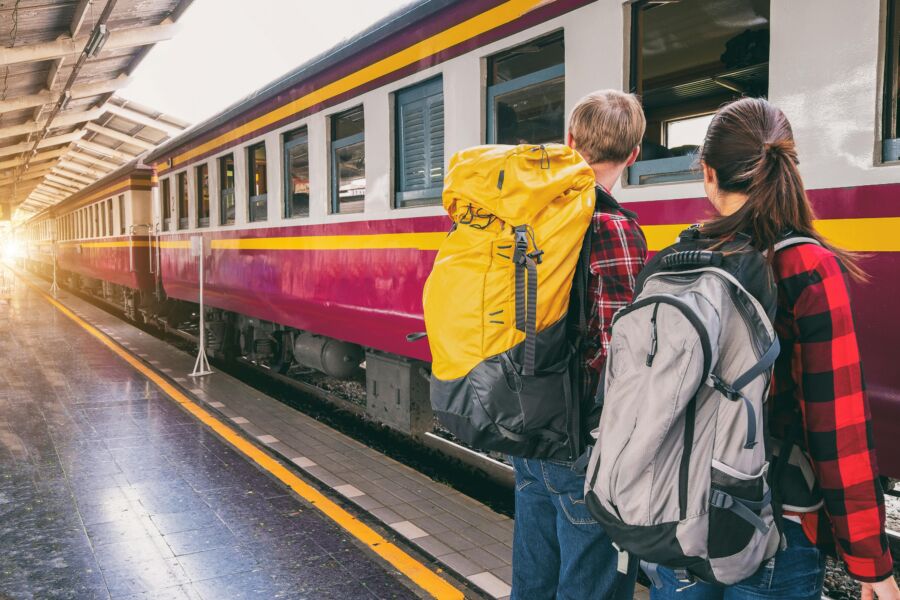
Getting around Bhutan involves a mix of options, from airports to local transit. Your journey starts at the main gateway and continues with choices for exploring the country.
Arrival at Paro International Airport
Paro International Airport is your entry point to Bhutan. It’s a small but efficient airport with stunning mountain views. You’ll find taxis waiting outside to take you to Thimphu, about an hour away. Expect to pay around 1000-1200 Ngultrum (Nu) for the ride.
Some hotels offer free pickup, so check with yours before booking a taxi. The airport has money exchange counters, but rates are often better in town.
Domestic Transit Options
Bhutan’s small size means domestic flights are limited. You can fly from Paro to Bumthang, but it’s pricey at about $200 one-way.
Buses are cheap but slow. A ticket from Thimphu to Punakha costs around 170 Nu and takes 3-4 hours. Shared taxis are faster and more comfortable. They leave when full and cost about 250-300 Nu per person for the same trip.
Private Transport vs Public Buses
Hiring a private car with a driver gives you freedom but costs more. Expect to pay 3000-3500 Nu per day. It’s great for reaching remote spots and stopping whenever you want.
Public buses are super cheap. A trip from Thimphu to Punakha might only set you back 170 Nu. But they’re often crowded and stick to main roads.
For a mix of comfort and savings, try shared taxis. They’re a bit more than buses but way cheaper than private cars. You can compare transport options to find what fits your budget and style.
Booking Your Trip with Bhutanese Tour Operators

Picking the right tour operator is key to having a great time in Bhutan. You’ll need to work with a local company to handle all the details of your trip.
Vetting Qualified Operators
Start by checking if the company is licensed by the Tourism Council of Bhutan. Look for operators with good reviews and years of experience running tours. Ask about their guides – the best ones have well-trained local experts who speak good English. Don’t be shy about requesting references from past clients.
Look for operators that focus on sustainable tourism practices. The good ones will talk about how they support local communities and protect Bhutan’s environment and culture.
Make sure they can customize your itinerary. The best companies will work with you to plan a trip that fits your interests and budget.
Understanding Inclusions in Tour Packages
Bhutan has a minimum daily package rate (MDPR) that covers your basic costs. This includes your hotel, meals, transport in Bhutan, guide, and entry fees. But there can be extra fees too.
Ask about these potential add-ons:
- Upgrades to luxury hotels
- Alcohol (usually not included)
- Tips for guides and drivers
- Personal expenses like souvenirs
Good operators will give you a clear breakdown of what’s included and what’s extra. They should also explain how the sustainable tourism fee is used to fund Bhutan’s free healthcare and education.
Be sure to ask about cancellation policies and travel insurance options. You want to be protected if your plans change.
Visa and Entry Requirements

Getting into Bhutan isn’t as simple as hopping on a plane. You’ll need to plan ahead and be prepared to open your wallet. First things first – you need a visa. Unless you’re from India, Bangladesh, or the Maldives, everyone else has to get one before arriving.
Here’s the kicker – you’ve got to pay a daily fee called the Sustainable Development Fee (SDF). It used to be a whopping $200 per day, but they’ve recently cut it in half to $100. Still not cheap, but at least it’s a bit easier on the budget.
To get your visa, you don’t need to book a tour package anymore. That’s a recent change that makes things a bit easier. But you’ll still need to sort out your visa through the official channels.
Your passport needs to be valid for at least 6 months after you plan to leave Bhutan. And don’t forget about travel insurance – it’s a must-have.
The actual visa fee is $40, but that’s usually wrapped up in the other costs. You’ll also need to factor in entry fees for major sites, which can add another $100-200 per person to your trip.
Remember, Bhutan’s all about that “Gross National Happiness” thing. So while these fees might seem steep, they’re meant to help preserve Bhutan’s unique culture and environment. Think of it as your contribution to keeping Bhutan special.
Budgeting for Your Trip

Planning your Bhutan adventure requires careful financial consideration. Let’s break down the costs and explore ways to make your journey more affordable without sacrificing the experience.
Cost Breakdown of Daily Expenses
The Minimum Daily Package Rate (MDPR) covers your basic needs in Bhutan. For $250 per day, you get accommodation, meals, transport, and a guide. This rate jumps to $290 during peak seasons.
Your hotel will likely be 3-star, with basic amenities. Meals are usually buffet-style at your hotel or local restaurants. A private car and driver take you between sights.
Extra costs pop up for things like drinks, souvenirs, and tips. Budget about $20-30 per day for these. Tipping your guide and driver is customary – around $10-15 per day for each is normal.
Understanding the Value of the MDPR
The MDPR might seem steep, but it includes a lot. A big chunk goes to the Sustainable Development Fee – $200 per day. This money helps keep Bhutan’s environment pristine and supports local communities.
You’re also paying for a personalized experience. Your guide isn’t just showing you around – they’re sharing their culture and helping you dive deep into Bhutanese life.
The all-inclusive nature of the MDPR makes budgeting easier. You won’t face many surprise costs once you’re in the country. It’s a hassle-free way to explore this unique kingdom.
Additional Costs and Tips for Saving
Flights to Bhutan can be pricey. Look for deals from Bangkok or Delhi – these are often cheaper entry points. Traveling in a group can save you money too. The MDPR drops by $40 per person for groups of three or more.
Consider visiting during shoulder season (March-May or September-November). You’ll dodge the peak season surcharge and enjoy milder weather.
Extend your stay to lower your daily rate. Trips over 8 days get a $20 daily discount. Longer trips also spread out your flight costs over more days.
Bring cash for extras – ATMs can be scarce. US dollars are widely accepted. Pack some snacks to cut down on food costs between meals.
